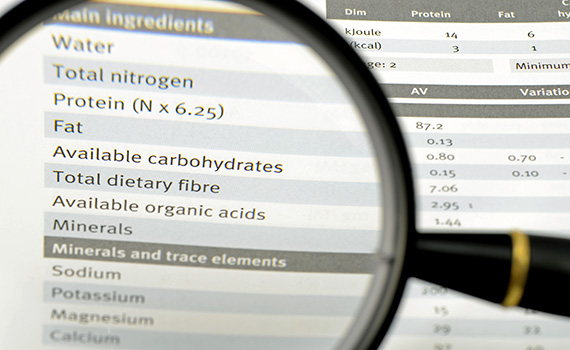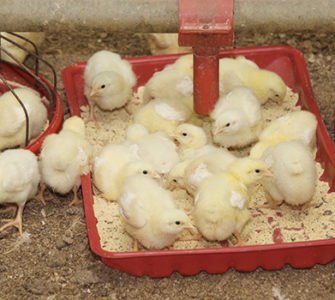Optimizing diets could limit foot pad dermatitis outbreaks
Managing diets to improve litter quality could help limit incidence of foot pad dermatitis (FPD) in broiler chickens and turkeys, scientists say.
A review of research into the effects of nutrition on litter quality and FPD found controlling litter moisture is potentially the most important aspect of managing the condition in flocks.
And by looking at ways to reduce moisture through nutrition, producers could increase bird welfare, performance, and overall farm profit, it said.
FPD is an inflammatory condition that causes lesions and ulcers on the surface of birds’ footpads — most notably in fast-growing broiler chickens and turkeys.
It affects bird health and welfare, making it difficult for them to walk and feed, and it can also limit growth and carcass quality.
In a review of research into the condition, published in the Journal of Animal Physiology and Animal Nutrition, scientists from Poland’s National Research Institute of Animal Production said housing conditions, ventilation and stocking densities are all linked to the occurrence and severity of FPD.
But they said nutrition is one of the most significant factors, as water intake, moisture in feces and litter quality can create wetter conditions, exacerbating the condition.
To address the problem, the researchers pointed to the importance of proteins, minerals and enzymes in helping to keep bird leg health at optimal levels.
According to previous studies, diets with high levels of sodium (0.25%) result in higher water consumption and litter moisture.
Meanwhile, feeds containing high levels of biotin (2000 μg/kg) and zinc (150mg/kg) reduce the amount of water birds excrete, meaning FPD is less likely to occur.
In addition, studies found that birds fed all-vegetable protein sources or low energy diets have higher incidences of FPD, as birds tend to eat more and excrete more water.
While there is no single solution to prevent outbreaks, the scientists behind the review said that optimizing nutrition is key to tackling the problem.
“Future research should be aimed at more precisely evaluating the effect of nutritional methods on FPD occurrence and severity in poultry,” the authors added.
“[It also needs to consider] interactions of nutritional methods with such other, non-nutritional factors as stocking density, season of year and litter material.”
Posted on April 27, 2017















